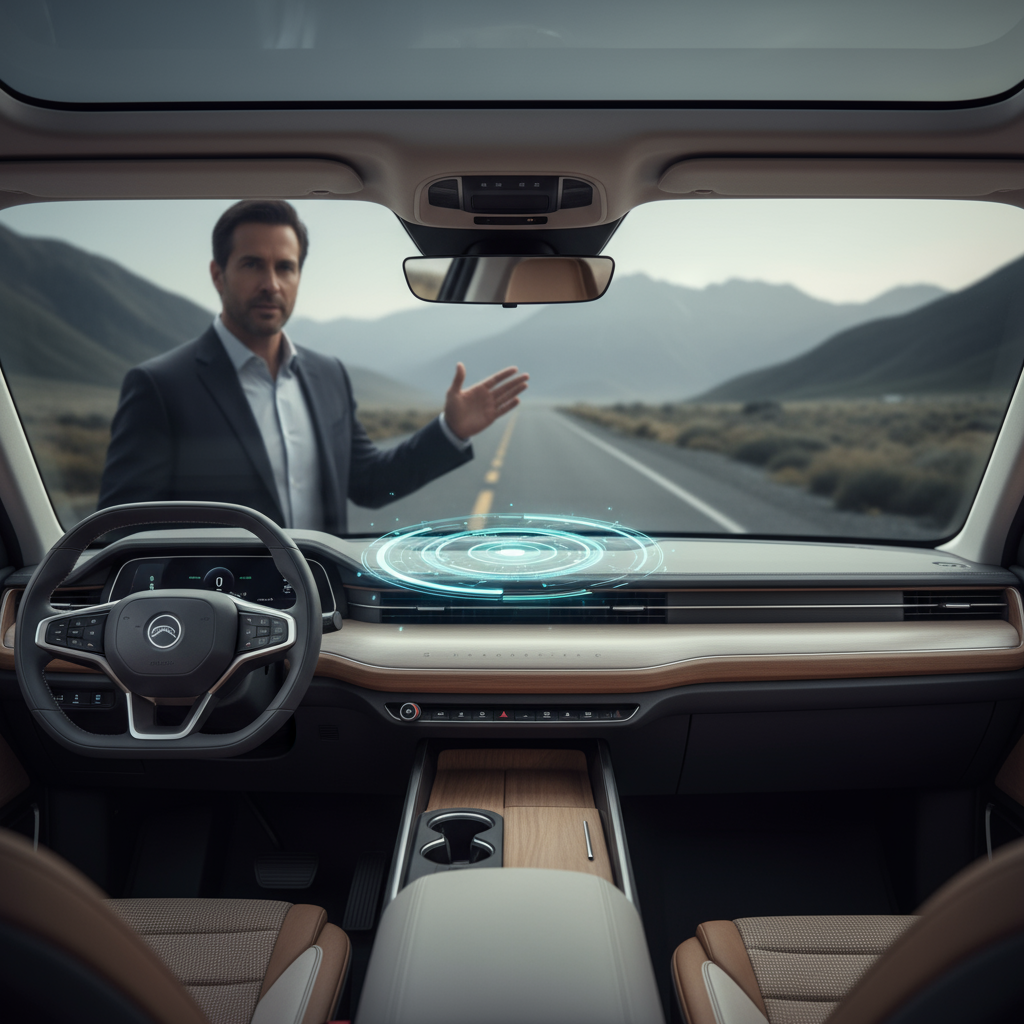In the rapidly evolving world of electric vehicles, where innovation and user experience are paramount, one automaker is making a bold statement by deliberately veering away from a widely accepted industry standard. Rivian, the much-talked-about EV manufacturer, has firmly declared its intention to skip Apple CarPlay. This decision, championed by CEO RJ Scaringe, isn’t a mere oversight; it’s a “conviction.” But what exactly does this commitment entail, and what are the implications for Rivian owners and the broader automotive landscape?
For years, Apple CarPlay has been the gold standard for smartphone integration in vehicles. It seamlessly mirrors a familiar iPhone interface onto the car’s infotainment screen, providing access to navigation, music, messaging, and more. Most drivers appreciate its intuitive design and the convenience of having their digital lives extended into their cars. So, why would a forward-thinking company like Rivian, known for its innovative approach, choose to swim against the current?
The Rivian Vision: A Fully Integrated Experience
Rivian’s decision to forgo CarPlay isn’t about being contrarian for the sake of it. Instead, it’s deeply rooted in the company’s philosophy of creating a cohesive and tightly integrated user experience. RJ Scaringe’s conviction stems from a belief that introducing third-party interfaces like CarPlay can disrupt the carefully crafted user journey Rivian aims to deliver.
Rivian’s infotainment system, built on an Android Automotive OS base, is designed to be a holistic part of the vehicle. This means everything from climate control to off-road driving modes, and entertainment to navigation, is seamlessly interconnected and presented through a unified interface. By controlling the entire software stack, Rivian believes it can offer a more bespoke, intuitive, and ultimately, a superior experience than one that relies on an external mirroring system.
Think about the potential for deeper vehicle integration. If Rivian’s native navigation system knows the vehicle’s battery level and upcoming terrain, it can provide more accurate range estimates and charging recommendations. If the entertainment system is designed to complement the vehicle’s unique audio hardware and cabin acoustics, it can deliver a richer sound experience. These are the kinds of nuanced benefits that are harder to achieve when a significant portion of the in-car experience is handed over to a third-party application.
Challenges and Customer Expectations
While Rivian’s vision is compelling, the decision to omit CarPlay isn’t without its challenges. Customer expectations are a powerful force in the automotive industry. Many drivers have grown accustomed to, and even expect, CarPlay compatibility in their new vehicles. For some, the absence of CarPlay could be a deal-breaker, regardless of how good Rivian’s native system is.
One primary concern revolves around app availability and familiarity. CarPlay grants access to a wide array of familiar apps like Google Maps, Waze, Spotify, Apple Music, and various podcast players. While Rivian’s system will undoubtedly offer essential functionalities, it remains to be seen if it can match the breadth and depth of the CarPlay ecosystem. Will users find their preferred navigation apps? Will their favorite music streaming services be natively integrated? These are critical questions for potential buyers.
Moreover, the learning curve associated with a new, proprietary infotainment system can be daunting for some users. While CarPlay offers familiarity, a new system requires adaptation. Rivian will need to ensure its user interface is exceptionally intuitive and robust to overcome this hurdle and impress drivers who are used to the simplicity of connecting their iPhone.
The Path Forward: Building a Better Ecosystem
To succeed without CarPlay, Rivian faces the monumental task of not just matching, but ideally surpassing, the value and convenience that CarPlay offers. This means a relentless focus on several key areas:
- Robust Native Applications: Rivian must develop or deeply integrate best-in-class applications for navigation, music streaming, messaging, and other common in-car tasks. These applications need to be highly functional, visually appealing, and regularly updated.
- Seamless Phone Integration (without CarPlay): While skipping CarPlay, Rivian still needs to offer excellent integration with smartphones for contacts, calls, and potentially data connectivity. Bluetooth remains a staple, but more innovative solutions for data sharing and notification management could enhance the experience.
- Over-the-Air Updates (OTA): The ability to frequently update the software and introduce new features via OTA updates will be crucial. This allows Rivian to continually refine the user experience and address any shortcomings as they arise, keeping the system fresh and competitive.
- User-Centric Design: Every aspect of the infotainment system, from menu layouts to voice commands, must be designed with the driver in mind. Ease of use, minimal distractions, and quick access to essential features will be paramount.
- Third-Party Developer Support (Potentially): While shunning CarPlay, Rivian might still consider allowing a curated selection of third-party apps onto its platform, similar to how an app store operates. This could expand functionality while maintaining control over quality and integration.
Conclusion: A High-Stakes Gamble?
Rivian’s “conviction” regarding CarPlay is a high-stakes gamble. On one hand, it represents a commitment to a singular, integrated vision that could lead to a truly unique and superior user experience. By controlling the entire software stack, Rivian has the potential to offer deeper vehicle integration, enhanced performance, and a distinctive brand identity.
On the other hand, it challenges deeply ingrained customer expectations and could deter some potential buyers who prioritize familiar smartphone integration. The success of this strategy hinges entirely on Rivian’s ability to deliver an infotainment system that is not just good, but exceptional – so good, in fact, that drivers won’t miss CarPlay at all. As the EV market continues to heat up, all eyes will be on Rivian to see if their conviction translates into a compelling competitive advantage or a missed opportunity.
